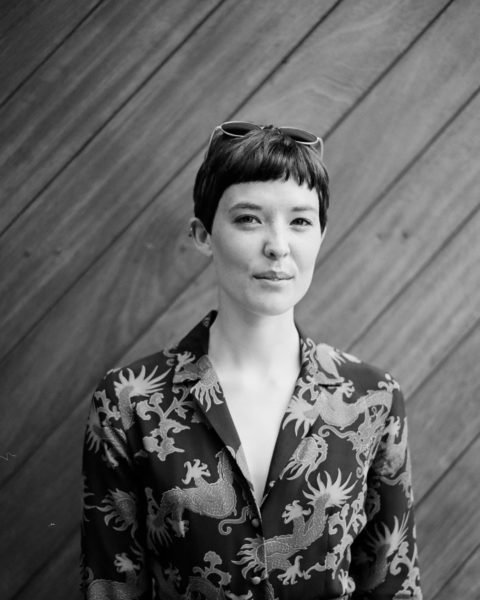“Fashion Is the Manifestation of a Sentiment”: An Interview With a Fashion Economist
Alice Janssens is a fashion economist and historian at Erasmus University in Rotterdam, Netherlands. Upon learning of the existence of a job title called “fashion economist,” I immediately wanted to know more about what she does for a living. Somewhat unsurprisingly, its fascinating.
FASHION: So, what exactly does a fashion economist do?
AJ: I’m not necessarily your traditional economist who sits there and plays with numbers. More, it’s about fashion as a product or item that travels globally and the way we, as consumers or producers, interact with it as a medium.
Economically, how is fashion used as a tool of self-expression?
The problem is, when you want to actually define fashion it’s an absolute nightmare. Are you thinking about fashion as a product, or as a trend, as in something lots of people are choosing to do, or are you thinking about it as an actual physical piece of clothing that somebody wears? If we think about clothing as a product, it brings in not only this aspect of consumer-producer behaviour but it also it brings in fashion as a linguistic tool, a social tool, and a cultural discussion
How does fashion provide a view into the world’s current economic state?
We can always trace fashion as a manifestation of a sentiment. Nowadays, because there are more people, and increased access to products, as well as social media, the role of fashion is even more broad than it ever has been before. There is the need for [brands to] differentiate themselves and be even more creative, which I would argue is to do with the increased competition on the market. There is a concept within cultural economics called marginal differentiation, it’s the idea that [a subject] is diverse but the diversity is quite small. From the perspective of a fashion producer, this marginal differentiation helps because it allows them to know that they will be able to sell something because it’s a similar product to what’s popular.
How has the fashion economy shifted in the past decade?
Consumers now have a stronger voice. If I wanted to, I could tweet Marc Jacobs and say, ‘Why are you using dreadlocks in your collection on white models?’ The fact that the consumer can engage in this way, means that brands need to be more open, more communicative, more authentic, and they need to be extremely careful with what they do. If you have an Instagram account like Diet Prada breathing down your back, you have to be extremely careful and you have to note your references. I wouldn’t say that the whole structure has broken down but I think it is changing.
In what ways is Fall 2018 a reflection of our social political and cultural climate?
Fashion is responding to and engaging with cultural and political events in quite a visceral way. The discussion surrounding the #MeToo movement has led to an engagement with the idea of power. At Sonia Rykiel, Loewe, even Hermes there was the protective layering of coats, leather dresses and things like that. It’s definitely traceable. If you think about Dior’s relationship with feminism, you can either say it’s something absolutely amazing or jumping on the bandwagon depending on which perspective you’re coming from. But there is this need to be engaged with the context.








